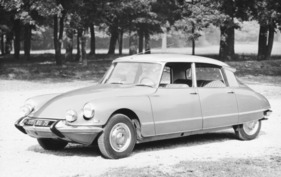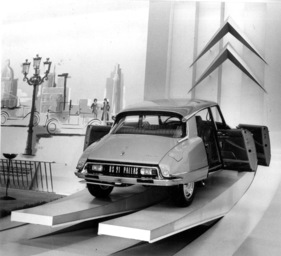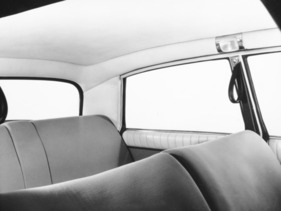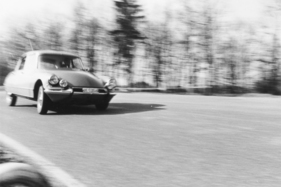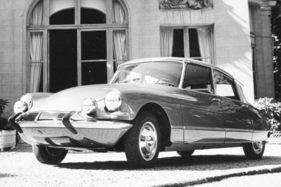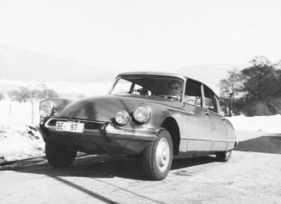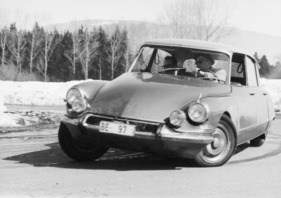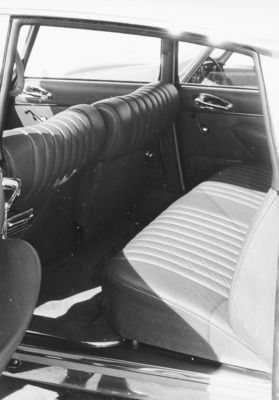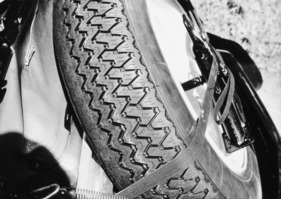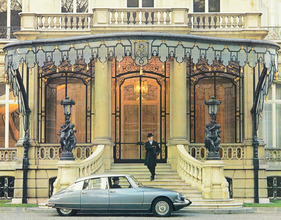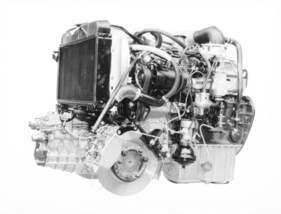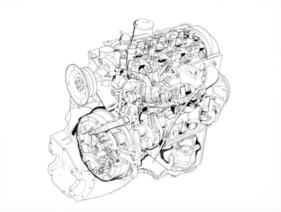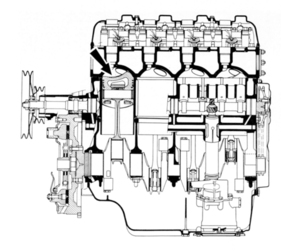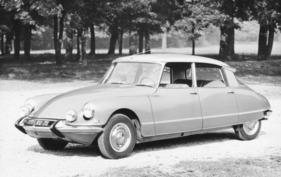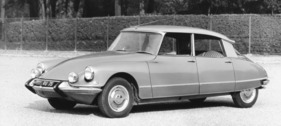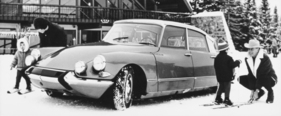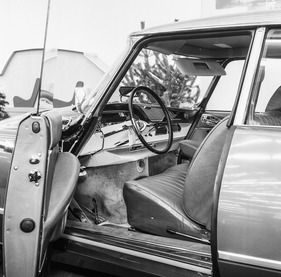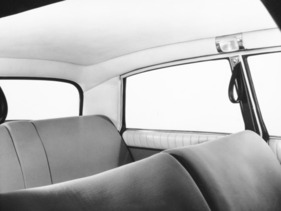Maturity through storage - Citroën DS 21 Pallas in the (historic) test
Summary
With the upmarket Pallas equipment, the Citroën DS exuded a dignified noblesse from model year 1965, which harmonized particularly well with the smooth ride comfort. From 1966 onwards, the engine also adapted to this, as the new four-cylinder engine now had five bearings, was noticeably more powerful, revved much more easily and drove the large saloon much more confidently. The big Citroën had matured well in over ten years, but the design still showed its age here and there.
This article contains the following chapters
- City traffic
- Chassis and suspension
- Brakes
- Engine
- Driving performance and handling
- Equipment
- Conclusion
- Technical data and measured values
Estimated reading time: 18min
Preview (beginning of the article)
The Citroën DS 21 is a more powerful version of the DS 19, which has been known and proven for over ten years now. The streamlined body, the directional chassis and the excellent suspension have remained almost unchanged. The four-cylinder engine, on the other hand, is completely new and its 100 hp has eliminated the often criticized sluggishness of the DS 19. Even with the semi-automatic gearshift, which is slower in the Citroën than the purely mechanical one, the DS 21 achieves good acceleration times. The disadvantages of the increased performance are slightly more engine noise and higher fuel consumption than with the old engine. Nevertheless, the DS 21 is neither extremely loud nor thirsty.
Continue reading this article for free?
Photos of this article


